Search Results for Tag: UN talks
Time for a “new environmentalism”?
What are these cuddly marmots doing on an exhibition stand at Green Week, Europe’s biggest environment policy gathering, being held this week in the Belgian capital Brussels? They have the honour of decorating the stand of the Swiss-based World Resources Forum, not just because they look cute, a representative tells me, but because of their resources-saving, nature-friendly lifestyle. The “marmies” (I have enjoyed their antics many times while hiking in the Swiss Alps) are the hibernating, vegetarian type. They eat enough in the short alpine summer to see them through the winter, which they spend in burrows on the hillside.
Meanwhile, we humans consume the planet’s resources at a disastrously unsustainable rate and pump greenhouse gases into the atmosphere at a rate that is threatening to change the planet beyond recognition, melting polar ice, destroying much of our biodiversity, raising the sea-levels, making the oceans more acid at the same time and devastating many regions with extreme weather, storms, floods and drought.
Hm. Small wonder this year’s Green Week kicked off with a high-level debate on whether we need a “new environmentalism”. James Murray, editor of the London-based online “businessGreen” magazine, who chaired the “summit”, says “environmentalism is in crisis” and green economic models are not becoming mainstream fast enough.
Keynote speaker Jeffrey Sachs, Director of the Earth Institute at Columbia University and environmental guru to many, said fighting climate change certainly had to become priority No.1. In this connection, he picked up on President Obama’s move to break the climate deadlock by capping coal power plant pollution through the EPA. Last time I spoke to him at a meeting in Abu Dhabi last year, he was very frustrated about his country’s stance on emissions and climate. Understandably he is delighted by the new move. We have the technology, says Sachs. These new regulations would force US states to come up with concrete plans to reduce emissions. What we need, he says, is political determination backed up by a firm plan and timetable.
UNEP chief Achim Steiner was also here in Brussels for the gathering. He told me in an interview he didn’t think we need a “new environmentalism”. The environment movement has to keep evolving to meet the challenges of the respective age, he says. And we shouldn’t do down the achievements of environment campaigners to date. He too is upbeat about the Obama administration initiative – and the possibility that China could be prepared to put a cap on its emissions. Nevertheless, even this most optimistic of UN officials has to admit we lack satisfactory answers to many of the sustainability-related challenges of our time.
Marco Lambertini, new DG of WWF International, with whom I conducted an interview when he took office, was addressing the forum for the ngo community. He told me then and repeated here that WWF is changing its campaigning style to reach the masses of people who are not “the converted”. We have to leave our comfort zone, as he puts it. And social media play a key role, he says. He talked about Earth Day and how it has turned from an ngo thing into a local community-driven mass event, thanks especially to the power of social media. He also argues for abandoning what he calls “post-colonial environmentalism”, i.e. money from the north to fund projects in the south, in favour of a more inclusive, local-to-global approach. Only mass pressure from millions can really change the system, Lambertini argues.
Sandra Steingraber, American biologist, author, film-maker and anti-fracking campaigner went furthest in her considerations of the state of the environment movement. Reminding the forum that improvements in the US climate record were thanks to the use of environmentally irresponsible fracking, she says the world is being held hostage by the fossil fuels industry and “we need a vigorous new environment movement to engage in hostage rescue”.
In a week where my attention is shifting between the debates here in Brussels on just what we need to bring about a circular economy and protect strained resources and a stressed environment, and the talks at home in Bonn aimed at a new international climate agreements, it becomes clearer than ever that the issues are completely inter-connected. The increased attention shown by my media colleagues both at DW and amongst the other stations and publications in both the Green Week and the UN talks in Bonn makes me feel optimistic, on the one hand. Environment and climate have come into the mainstream. On the other hand, that demonstrates how seriously they are under threat.
Please see also my DW article on Green Week, the UN climate talks and environmentalism and my interview with Germanwatch political director Christoph Bals on the prospects for those Bonn climate talks.
First World Wildlife Day and the Arctic
Maybe like me you were not aware that up to now there had been NO World Wildlife Day. Sometimes I have the feeling every day on the calendar must have been designated the day of several different causes. In fact, the UN only decided in 2013 that March 3rd 2014 should be the first World Wildlife Day. As I have commented on similar occasions here on the Ice Blog, the danger of these “international day of whatever” events is that the inflation can actually detract attention. Nevertheless, these designated days can be an opportunity to focus on particular topics. World Wildlife Day is a fine chance to remind ourselves once again of the need to protect biodiversity, especially in such a key region as the Arctic, which is being affected so drastically by climate change.
The Convention on Migratory Species of Wild Animals (CMS), a UN body with its headquarters in Bonn, plays a key role in wildlife protection. Given that animals do not recognize human-designated national borders, wildlife protection has to involve international cooperation, which is what CMS does. Bradnee Chambers is the Executive Secretary of CMS. He gave me this message for the Ice Blog on World Wildlife Day, focusing on that most famous of all Arctic creatures, the polar bear :
“The Arctic is extremely fragile and changes to its ecosystem from climate change will have irreversible consequences on migratory species such as the polar bear. We must stabilize global green gas emissions before the polar bear literally loses the very ice beneath its feet.” I can only wholeheartedly agree. And what is true of the polar bear, is true of so many other species. Let me quote at length from an article Bradnee Chambers has written:
“The largest terrestrial predator on Earth is losing the ground under its feet. Polar bears used to dominate the expanse and loneliness of the Arctic, which can seem unaffected by human presence so far. However, appearances deceive. The polar bear is now a symbol if the many species whose survival is at risk because of the effects of climate change and pollution.
The antics of Knut the polar bear cub in the Berlin Zoo touched the hearts of the German public and won him fans all over the world. The polar bear might look cute and cuddly, making it a perfect icon for Coca-Cola and many other organizations that wish to use its iconic recognition value to promote their cause or product. It is, in fact, a ferocious predator that spends much of each year on the sea ice hunting and, in the process, covers distances of up to 620 miles (1,000 kilometers). But the polar bear is also a vulnerable species listed on the International Union for Conservation of Nature’s (IUCN) Red List — one that requires constant attention and sound conservation management humanity is to ensure the polar bear’s existence for future generations.
There have long been concerted, international efforts to conserve the polar bear, and the Polar Bear Agreement meeting in Moscow in December 2013 celebrated 40 years of collaboration among the five nations where polar bears exist — namely Canada, Greenland (an autonomous community that is part of Denmark), Norway, the Russian Federation and the United States. The meeting attendees agreed on a declaration promising to beef up the monitoring of these animals and the assessment of their status, and to commit to working toward developing a polar bear action plan for the next meeting of these countries in two years’ time.
Nevertheless, these countries admitted in 2009 that climate change was the main threat that needed to be tackled. Early indications from that time were that the individual conservation efforts of the five countries were beginning to bear fruit, with most polar-bear populations at least stable — with a total of 20,000 to 25,000 individuals in the wild. But all of these hard-won advances could easily be lost if Arctic ice continues to diminish.
The Convention on Migratory Species (CMS) and its Scientific Council have been examining the effects of climate change on migration for years and, in 2011, passed an unequivocal resolution — “Migratory Species Conservation in the Light of Climate Change” — identifying the polar bear as one of the species most threatened by climate change. (…)
Climate change, which is leading to reduced ice cover and the thawing of permafrost, is not the only factor having detrimental effects on polar bears. Increased economic activities, such as oil and gas exploration and exploitation, and shipping, are also taking their toll. As apex predators, polar bears are vulnerable to environmental pollutants, and post-mortems have shown dangerous levels of mercury and other toxins in the animals. These pollutants even affect newborn cubs, which ingest the poisons in their mothers’ milk. Governments have to strike a fine balance: How are they to protect a fragile environment and forsake economic opportunities while exploiting much needed natural resources and creating jobs and wealth? The choices made often make the prospects for the polar bears bleaker, with fewer places for them to hunt and build dens in which to raise their young. The CMS is a global treaty whose parties have committed to working together to conserve the hundreds of species listed on its appendices. These range from the blue whale to the monarch butterfly to gorillas, whose territories straddle the borders of the Democratic Republic of the Congo, Rwanda and Uganda, and the arctic tern, which covers hundreds of thousands of kilometers in a lifetime in its pole-to-pole migrations. As a worldwide convention, CMS has the breadth to deal with species such as the polar bear in the context of climate change, adding a global perspective to conservation policies. The convention is used to dealing with multiple threats — such as pollution, climate change and environmental degradation — and it is recognized as the Convention on Biological Diversity’s lead partner on the conservation and sustainable use of migratory species. It has a catalog of more than 30 years’ worth of wide-ranging policies and a track record of fostering international cooperation.
At the International Forum on the Conservation of Polar Bears — which was held in December and attracted high-level participation, including from Russian Environment Minister Sergei Donskoi and his Canadian counterpart, Leona Aglukkaq — delegates were confronted with a disturbing prediction: The polar-bear population could fall by as much as two-thirds by 2050. Nations need to take action now, and the bears need all the friends they can get. CMS is ready to play its part if its parties agree to include the polar bear under its appendices.”
Bradnee Chambers’ article is available in full on LiveScience.
In a video message to mark World Wildlife Day, UNEP chief Achim Steiner says wildlife is too often thought of as a threat to development. He stresses that it is not just the big iconic animals we need to worry about. He stresses how biodiversity is essential to support life on earth. This biodiversity is under threat from climate change and pollution all round the globe – and especially in the rapidly changing and developing Arctic.
Climate change back on the agenda?
Trawling the media for climate-related stories over the weekend, I began to see some signs that the message might be getting across after all. I had just put the finishing touches to my story on “Why we don’t want to hear about climate change“, based on interviews with sociologist Kari Marie Norgaard from the University of Oregon and psychologist Per Stoknes from the Norwegian Business school, when I heard US Secretary of State John Kerry’s announcement that the USA and China would be cooperating and exchanging data in the run-up to the 2015 Paris climate talks, where a new climate deal is supposed to be agreed. I found myself feeling just a little bit more optimistic. If these two key players really put climate protection into action, maybe we will be able to get somewhere. A report on a study by the Chinese government on the disastrous air pollution in Beijing is not happy reading, but gives grounds to assume the Chinese government has to be serious about taking emissions in hand.
Arctic ambassador – a sign of the times?
Another announcement by the US Sec of State leaves me with mixed feelings. There is going to be a US ambassador for the Arctic. On the one hand, it is always good to see the Arctic getting attention. On the other hand, the motivation does not make me jump for joy. An item from the news agency AFP writes of “a region increasingly coveted by several countries for its oil and other raw materials”. Indeed. That is the worrying bit. In case you missed it, (the Arctic announcement did not get huge coverage), Kerry said in his statement:
“The Arctic region is the last global frontier and a region with enormous and growing geostrategic, economic, climate, environment and national security implications for the United States and the world…President Obama and I are committed to elevating our attention and effort to keep up with the opportunities and consequences presented by the Arctic’s rapid transformation – a very rare convergence of almost every national priority in the most rapidly-changing region on the face of the Earth”. It is good to see climate and environment get a mention at least.
A “Stern” warning
The Guardian had a guest article by Nicholas Stern, the author of that famous Stern Report on the economics of climate change back in 2006 (yes, it really is that long ago).The background to this, of course, is the wild weather in the UK. Now I do not wish that kind of weather on anyone, but in terms of drawing attention to climate change it has certainly been very important. Stern writes “The record rainfall and storm surges that have brought flooding across the UK are a clear sign that we are already experiencing the impacts of climate change”. He makes a clear case for linking the two. He also brings in the other extreme weather around the globe, including Australia, Argentina and Brazil and the devastating typhoon Haiyan in the Philippines last year. Stern has clear advice for the politicians:
“This is a pattern of global change that it would be very unwise to ignore.” Stern says the risks are even bigger than when he wrote the 2006 report. “Since then, annual greenhaouse gas emissions have increased steeply and some of the impacts, such as the decline of Arctic sea ice, have started to happen much more quickly.”
I hope a lot of decision-makers and influential business people have read or will still read Stern’s article. He calls for rapid action and investment. He has a clear message for the European Union, currently not the most popular international organisation with the British government. “The UK whould work with the rest of the EU to create a unified and much better functioning energy market and power grid structure. ‘this would also increase energy security, lower costs and reduce emissions. What better was is there to bring Europe together?” Other measures recommended would be to implement a “strong price on greenhouse gas pollution across the economy”. This, remember, is a renowned economist, not an environmental campaigner. He also warns against the temptation to cut overseas aid to fund adaptation to climate change. “It would be deeply immoral to penalise the 1.2 billion people around the world who libve in extreme poverty…In fact, the UK should be increasing aid to poor countries to help them develop economically in a climate that is becoming more hostile largely because of past emissions by rich countries”- Yes. Yes. Yes.
Don’t let the weather distract from your climate awareness!
The other piece of writing which inspired me over the weekend was in the ImaGeo blog by Tom Yulsman: “Move over polar vortex“. He looks at the new analysis produced by the UK’s Met Office:
“If a new scientific analysis is correct, the repeated bouts of extreme weather on either side of the Atlantic are indeed unusual – and both are manifestations of a chain of climatic teleconnections that reach half way around the globe and all the way to the tropics”.
There is a lot of talk in this piece of whether the polar vortex is weak (as discussed in my article More Arctic Weather in a Warming World?) Or actually “particularly intense”. I would recommend you read Tom’s blog for yourselves for the details and his views. But the insight I would leave you with here as “food for thought” is where he quotes a paper in the journal Science.
“They conclude that the recent discourse focusing on the possible connections between winter weather and climate change distracts from the bigger issue: that is, regardless of extreme winter weather, climate change is undoubtedly real, and that harsh winters are not what we really need to be concerned about going forward as the climate continues to change”.
People love to talk about the weather. But if we use every instance of unusual weather to question the overall trend of global warming, with all the complex effects that has on our climate, winds, oceans etc, we run the risk of losing a necessary sense of urgency when it comes to reducing emissions. I am reminded, as I often am, of a young climate ambassador from the Netherlands during a fact-finding trip to Alaska in 2008. As we stood at the Visitor’s Centre for a glacier which is now no longer visible from that spot because it has retreated so far, he said that just brought home to him how “everything is connected”. Our everyday lifestyle in the industrialised world is melting the Arctic ice – and that, in turn, is contributing to the changing climate patterns which can radically alter the planet.
Polar ice tipping points
As I get ready to head up to Tromso for the Arctic Frontiers conference and prepare my accreditation for the next routine round of climate talks here in Bonn in March, I find myself with plenty of food for thought.
It seems like not that long ago that scientists were telling us that although the Arctic is clearly melting fast, there was no need to worry about the Antarctic ice melting. But for the past 15 years or so, scientists have been observing that glaciers in West Antarctica are out of balance. Ice shelves have been breaking off and the calving fronts of glaciers have been retreating, draining huge amounts of ice into the ocean. This week I was interested and concerned to read about the results of a modelling effort, using 3 different types of model, indicating a key Antarctic glacier was melting irreversibly.
(Map courtesy of Deutsche Welle)
The Pine Island Glacier in the Antarctic hit the headlines last year when a giant iceberg broke off it. It is a key glacier because it is actually responsible for some 20 percent of the total ice loss from the region. Now scientists have found the glacier is melting irreversibly – with dramatic consequences for global sea levels. For an article for DW entitled Antarctic’s glacier retreat unstoppable, I interviewed Gael Durand of the French University of Grenoble, one of a team of scientists who have just published the new study: “We show that the Pine Island Glacier will continue to retreat and that this retreat is self-sustaining. That means it is no longer dictated by changes in the ocean or the atmosphere, but is an internal, dynamic process”, Durand told me. This will mean an increasing discharge of ice and a greater contribution to global sea level rise. “It was estimated at around 20 gigatons per year during the last decade, and that will probably increase by a factor of three or five in the coming decade. That means this glacier alone should contribute to the sea level by 3.5 to 10 millimetres a year, accumulating to up to one centimetre sea rise over the next 20 years. For one glacier, that is colossal”, says Durand.
I called up Angelika Humbert from Germany’s Alfred Wegener Institute for Polar and Marine Research (AWI) to get an expert opinion on the significance of the new research. She told me 1cm over 20 years would be an “extremely high” amount. The glaciologist, who is also working on models for the Pine Island Glacier, stresses that all models include a degree of abstraction and uncertainty. However, her work also indicates that the glacier will make an increasing contribution to sea level rise in the coming years and describes the new study as a “considerable advance on the results of research to date.” Humbert says the results could well be applied to other glaciers of the same type.
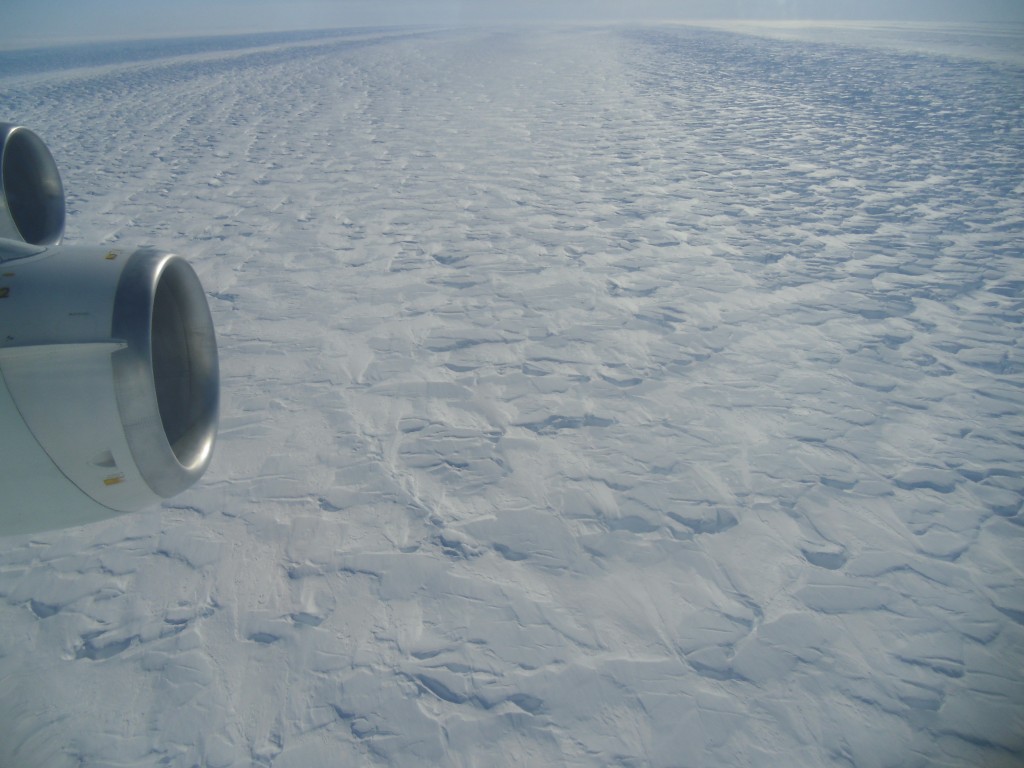
Angelika Humbert from AWI took this picture flying over the Pine Island Glacier in a NASA DC8 as part of the IceBridge campaign in 2011
Durand’s new study shows that the glacier is now flowing at a rate and in a way that makes the process irreversible. Even if the air and ocean temperatures cooled off to what they were a hundred years ago – which is in no way likely – Durand is convinced the glacier would not recover. Durand says the study should arouse concern because the glacier has passed a “tipping point”, a much discussed concept in climate science. “That means because of our behaviour, our climate is changing and will continue to change a lot. I think it is one of the first times we are passing these tipping points.”
The scientist compares the situation to that of a cyclist coming down from the top of a mountain and unable to brake: “We have to fear that the retreat will continue, that other glaciers in the region will start to do the same, and that we will have a collapse of this part of the ice shelf. That would take centuries, but it would mean a rise of several metres in sea level.”
The last report by the Intergovernmental Panel on climate Change (IPCC) warned of the implications if the glaciers of West Antarctica were to become unstable. “Here,” says Durand, “we have proof that that is already happening with this one.”
At the Arctic Frontiers conference two years back, I heard a lot of interesting discussions about climate tipping points. Professor Carlos Duarte Directorof the Oceans Institute at The University of Western Australia and Research Professor with the Spanish National Research Council (CSIC) talked to me at length about tipping points. Let me quote him briefly:
“Tipping Points – or thresholds – are levels of pressures beyond which small response of a property of interest becomes abrupt. Once a system or ecosystem or earth system crosses beyond a threshold, the changes, e.g. in the extent of ice or rate of warming, accelerate greatly, and once the threshold is crossed, it is sometimes very difficult to return to the original state even if pressure is released or reduced.”
We discussed the possible tipping points and warning signs outlined in a key piece of research by Timothy Lenton and others. Some would argue that tipping points have already been crossed in the Arctic region, which is known to be warming at least twice as fast as the rest of the earth. One of Lenton’s other key factors is the West Antarctic ice sheet becoming unstable. Now the “eternal ice” down south could be reaching a kind of “tipping point” in places. Yes, I know this only applies to a particular region of the West Antarctic, but the implications of irreversible glacier melt there are already huge. Greenland and that West Anarctic ice sheet play a key role in storing masses of fresh water, which would have huge implications if they melted. With marine glaciers, like the Pine Island Glaciers, the melt of white ice to expose more dark ocean surface underneath would further increase warming by absorbing solar heat instead of reflecting it back.
With the EU in the news today for considering moving away from binding climate targets, and little progress in sight towards an effective new climate agreement scheduled to be agreed in Paris in 2015, this all puts me in a pensive mood, as I get ready to head north and focus on the implications of the changing climate for “Humans in the Arctic”.
Why conferences like Warsaw won’t save the Arctic!
No wonder the ngos walked out in disgust. The latest UN climate conference has strengthened my feeling that these mega-events are not going to lead to the emissions reductions we need to protect the polar ice and the world climate.
Typhoon Haiyan and its devasting effects on the Philippines was a fine warning of what the world could be facing if we are not able to put the brakes on climate change. The newest IPCC report provides impressive evidence of the need for swift and effective action to combat climate change. Otherwise, the world will have to cope with more frequent and severe extreme weather events, rising seas, floods and droughts. The World Bank and the UN have set the alarm bells ringing. We have to reduce emissions by around 85% by 2050 to keep global temperature rise to the two-degree Celsius limit. The International Energy Agency says that would mean leaving 80% of our remaining fossil fuels in the ground.
Climate sinners hosting
Unfortunately the track laid out for the conference in Poland was heading in another direction from the start. Fossil energy providers and huge energy consumers like the steel and car industry were sponsoring the event. The host country Poland is and plans to remain a coal country. So far, Warsaw has blocked more ambitious emissions targets in the EU. The fact that a coal summit was held in Poland during the climate negotiations was clearly demonstrative – and verges on the cynical. The sacking of the Polish environment minister who was chairing the talks shows a lack of respect for the meeting and the issue of climate change itself.
Climate politics: no leadership in sight
But the failure of the conference was not just Poland’s fault. CO2 emissions are continuing to rise globally, and the conference delegates did not have much in their luggage to do anything about it. It was far too little in the way of commitment to binding emissions reductions or to creating an effective and well-funded compensation mechanism for developing countries. The poorest countries, which are already struggling to cope with unpredictable climate patterns, droughts and flooding, went home disappointed and frustrated – once again.
The EU was unable to agree on tighter emissions targets ahead of the conference. Germany, long considered a leader in the field, is currently putting the brakes on its own renewable energy revolution by shifting financial incentives. Japan, Canada and Australia, all took a step backwards. And in spite of some progress at home, the major emitters China and the USA were unlikely to make any substantial announcements.
No progress on a new climate agreement
The Warsaw conference was supposed to come up with an effective timetable to lead to a new international climate agreement, scheduled to be set up in 2015 and implemented in 2020. Instead, it seems countries are playing for time and putting off any binding commitments. The vague document agreed at the very last minute contains no firm deadline for emissions pledges – which will not be binding anyway. The window of opportunity is rapidly closing. Decades of negotiations have produced little in the way of results. Every year without a decrease in greenhouse gas emissions reduces the prospect of keeping to the “two degree” target. Existing pledges fall way short of what is required. The “business as usual” trajectory is heading for a temperature rise of at least four degrees Celsius.
Once more, the UN climate conference has shown its inability to protect the world from the dangers of rapidly progressing climate change. Aside from the annual mega-meetings, which are in danger of disintegrating into mere token events, there are still signs of hope. China, for instance, is making considerable progress on energy issues, although the country refuses to accept internationally binding targets. Climate protection has to become part of daily politics and business in industrialised and emerging countries. Politicians must be prepared to abandon short-term advantages in favour of a long-term perspective, which would guarantee the future for coming generations through a sustainable low-carbon economy. The means turning away from oil and coal, developing renewable energies, ensuring a high price for carbon and providing adequate finance to protect developing nations from climate change caused by past emissions of the industrialised world.








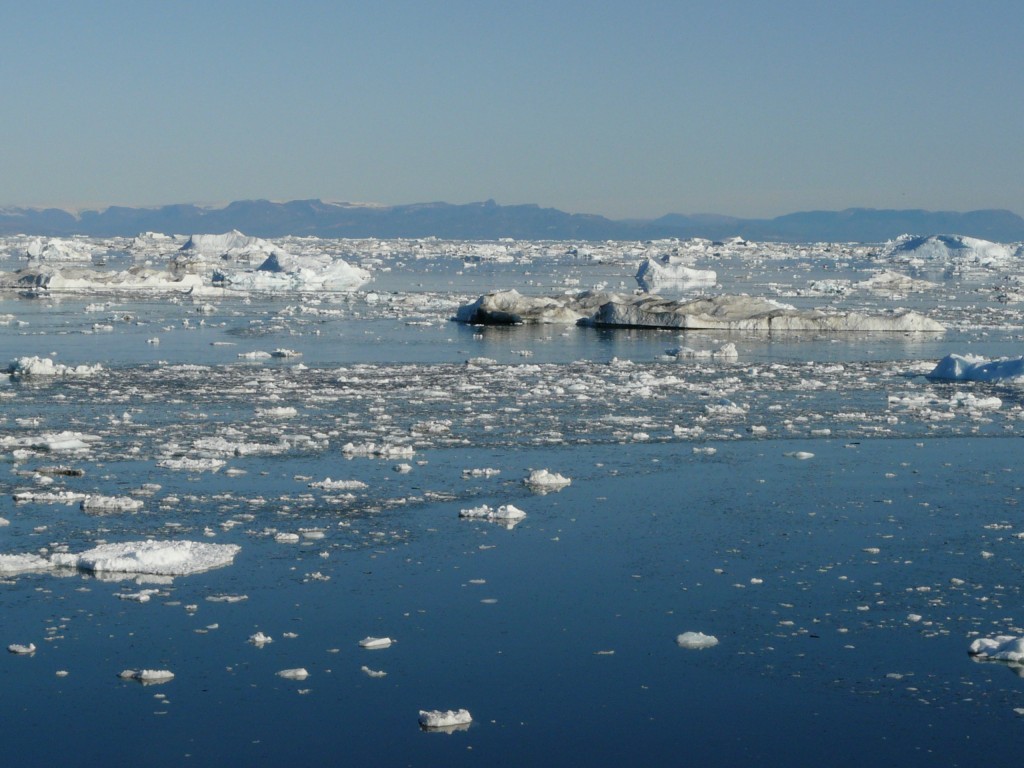
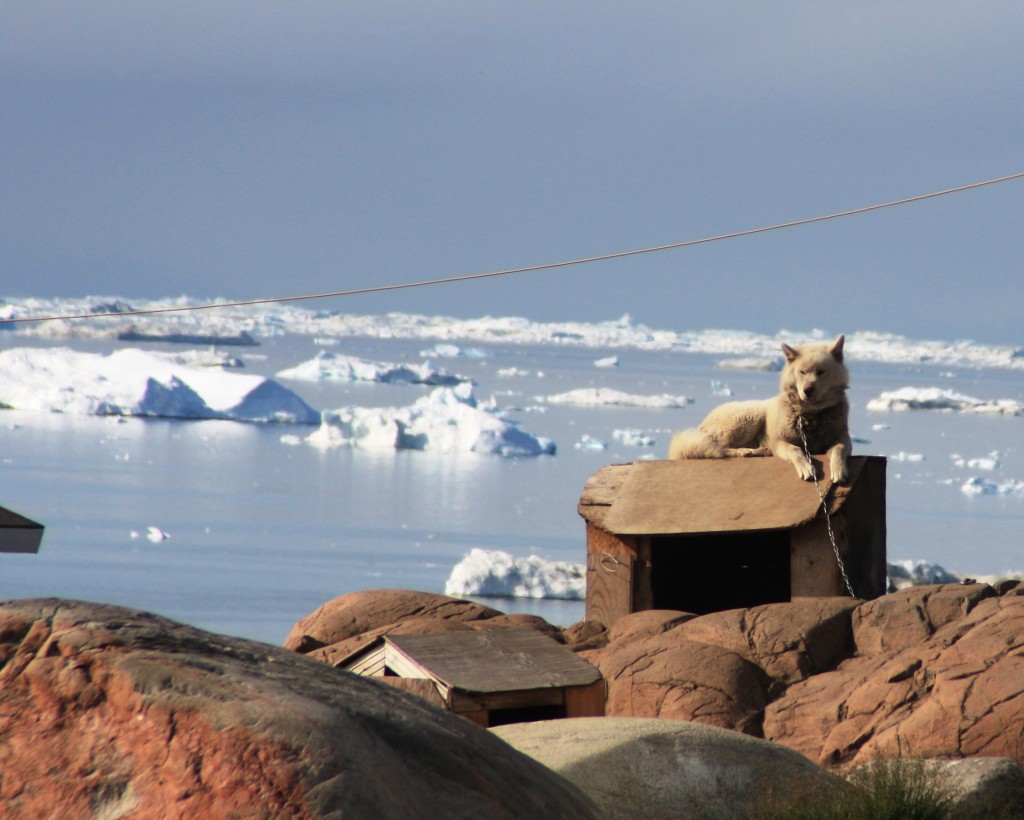
![6418.3[1]](http://blogs.dw.com/ice/files/6418.31.jpg)

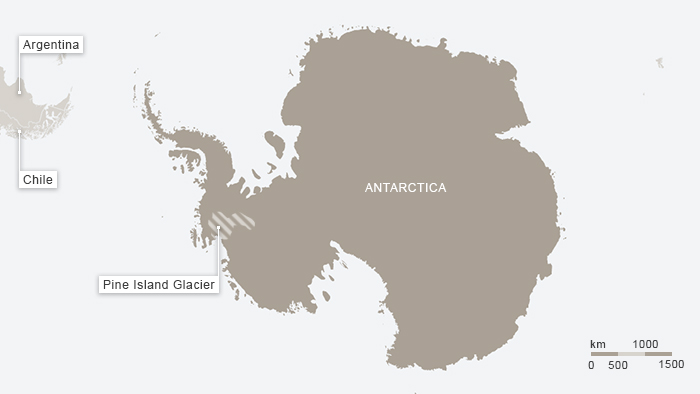
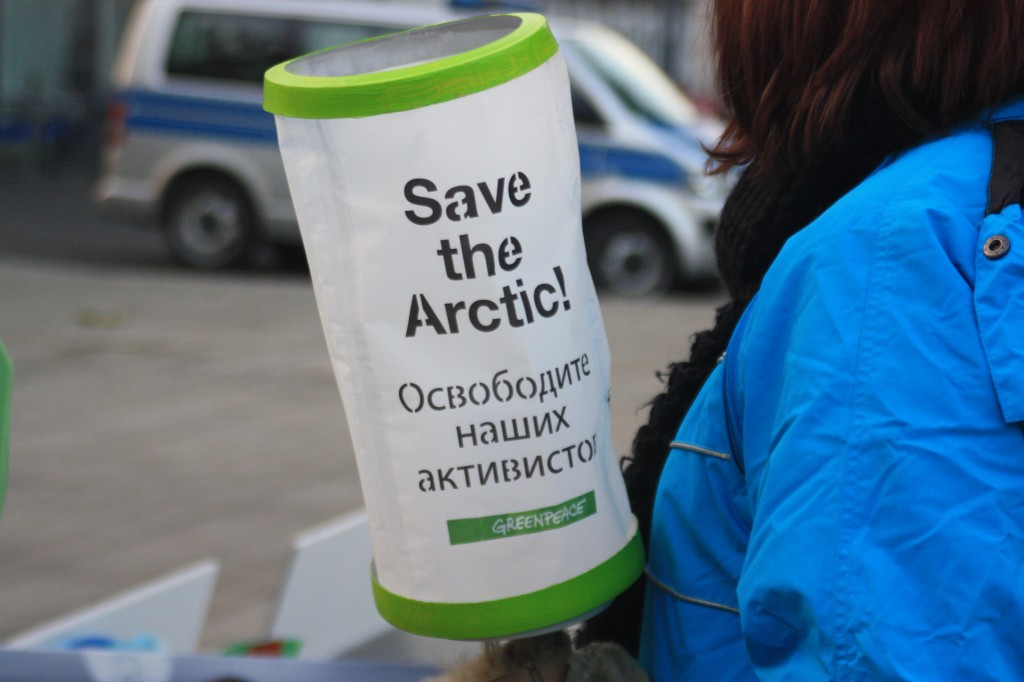

















Feedback